Abundance: very rare
What: flowers, leaves, seeds, seed pods, roots
How: flowers raw, young leaves raw or cooked, seeds roasted. Tender seed pods are cooked. Roots are diced then roasted.
Where: sunny areas, often used in landscaping
When: spring, summer, fall
Nutritional Value: Flowers high in antioxidants; seeds are high in protein & starch; leaves high in minerals; roots contain starch.
Swamp Rose Mallow (Hibiscus palustris) plants grow up to five feet tall.

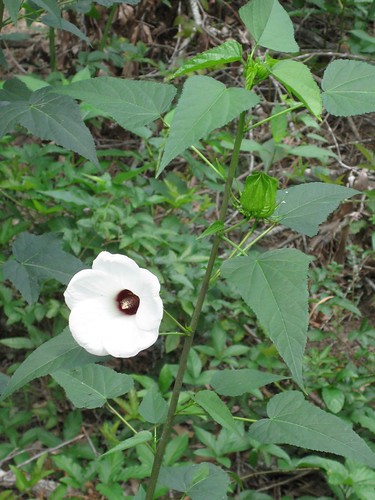
Swamp Rose Mallow (Hibiscus palustris) flower and bud.
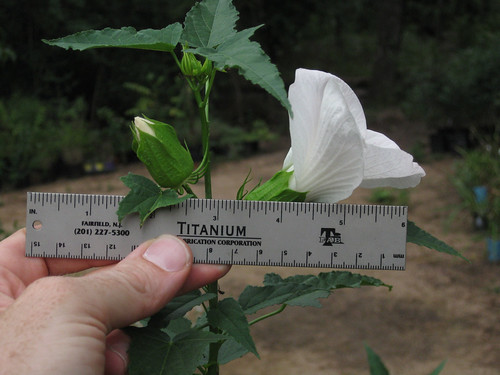
Closeup of flower buds (green fruit).
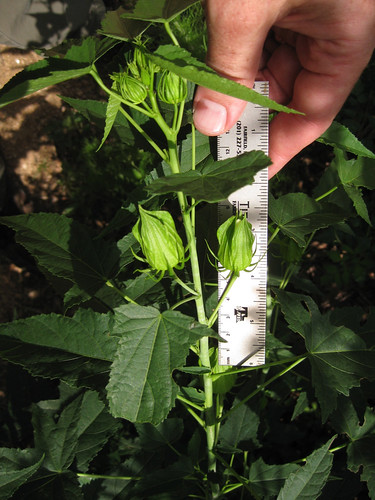
Closeup of Rose Mallow flower (petals may be white to pink in color).
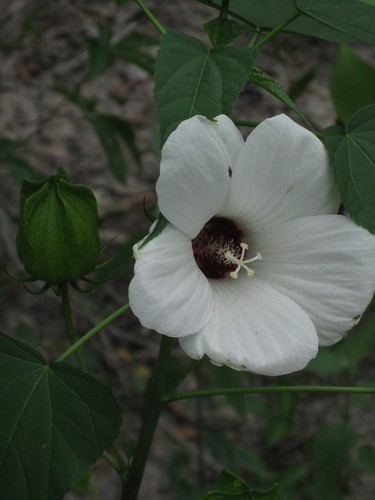

Closeup of Rose Mallow seeds inside pod (brown fruit).
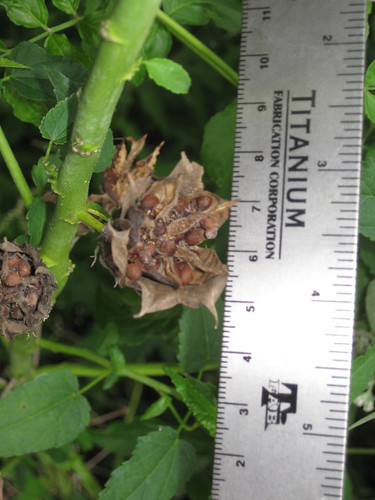
Halberd-Leaved Rose Mallow (Hibiscus militaris) plant and flower buds.

Close-up of Halberd-Leaved Rose Mallow (Hibiscus militaris) leaf.

Close-up of young Halberd-Leaved Rose Mallow (Hibiscus militaris) flower bud.

Rose mallows are usually found in moist, sunny areas but on occasion they can be found in shady, moist areas, too.
The seeds can be roasted then ground in a coffee grinder for use as a substitute for real coffee. It tastes pretty good, though does not have any caffeine.
Young tender leaves can be cooked like spinach but I find them a bit too rough/stiff to use raw. The flowers are good raw or added to tea. The tender, young flower buds and seed pods can be used like okra, either friend, pickled, or added to Cajun and African foods. The flowers work well in salads.
Buy my book! Outdoor Adventure Guides Foraging covers 70 of North America's tastiest and easy to find wild edibles shown with the same big pictures as here on the Foraging Texas website.

